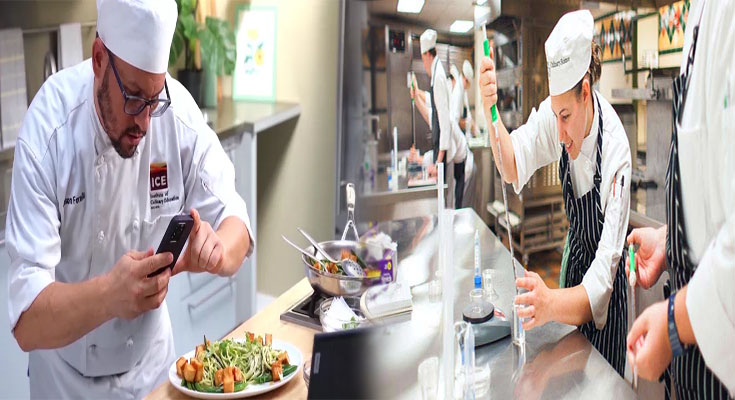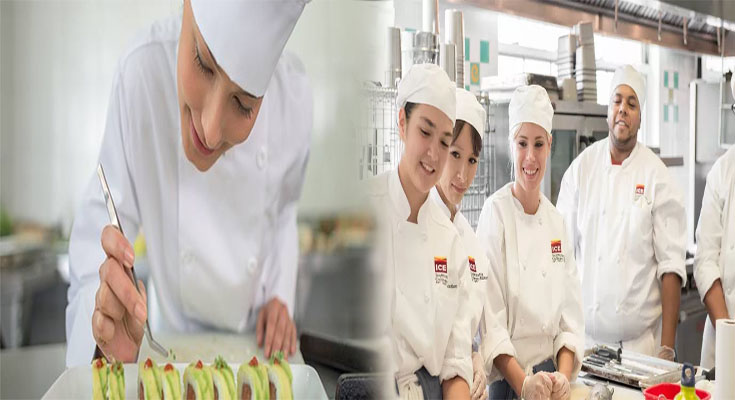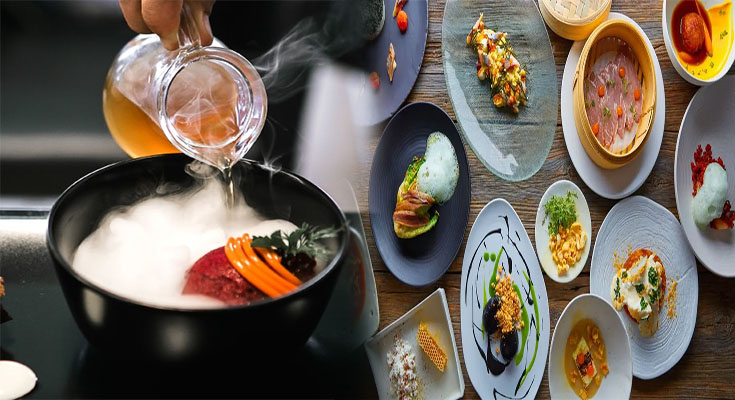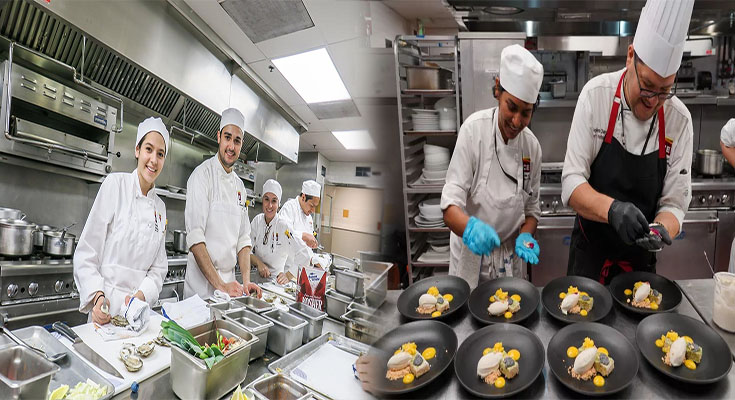
Flexible Learning Formats and Virtual Kitchen Labs in Online Culinary Schools in the US
For students interested in pursuing a career in culinary arts, online culinary schools in the US offer flexible learning formats and virtual kitchen labs. With access to quality culinary education from the comfort of their homes, students can prepare for a fulfilling career in the culinary industry. In this article, we explore the advantages of flexible learning formats and virtual kitchen labs in online culinary schools in the US.
Flexible Learning Formats
Online culinary schools in the US offer flexible learning formats that cater to working professionals, stay-at-home parents, and those who prefer self-paced learning. With the option to study part-time or full-time, students can balance their studies with their busy schedules. Online courses also allow students to save money on travel and accommodation, making culinary education a more accessible option.
Moreover, online culinary schools offer a range of multimedia resources such as videos, online chat, discussion boards, and webinars that cater to different learning styles. This approach fosters interactive and collaborative learning environments, where students can learn from their peers and the instructors.
Virtual Kitchen Labs
One of the most significant challenges of traditional culinary programs is the cost and availability of kitchen facilities. However, with the advent of virtual kitchen labs, online culinary schools in the US offer students the opportunity to learn culinary techniques through an online platform.
Virtual kitchen labs expose students to real-world culinary scenarios, enabling them to learn and practice cooking techniques. These labs simulate various cooking scenarios and provide students with experiences that …
Flexible Learning Formats and Virtual Kitchen Labs in Online Culinary Schools in the US READ MORE




